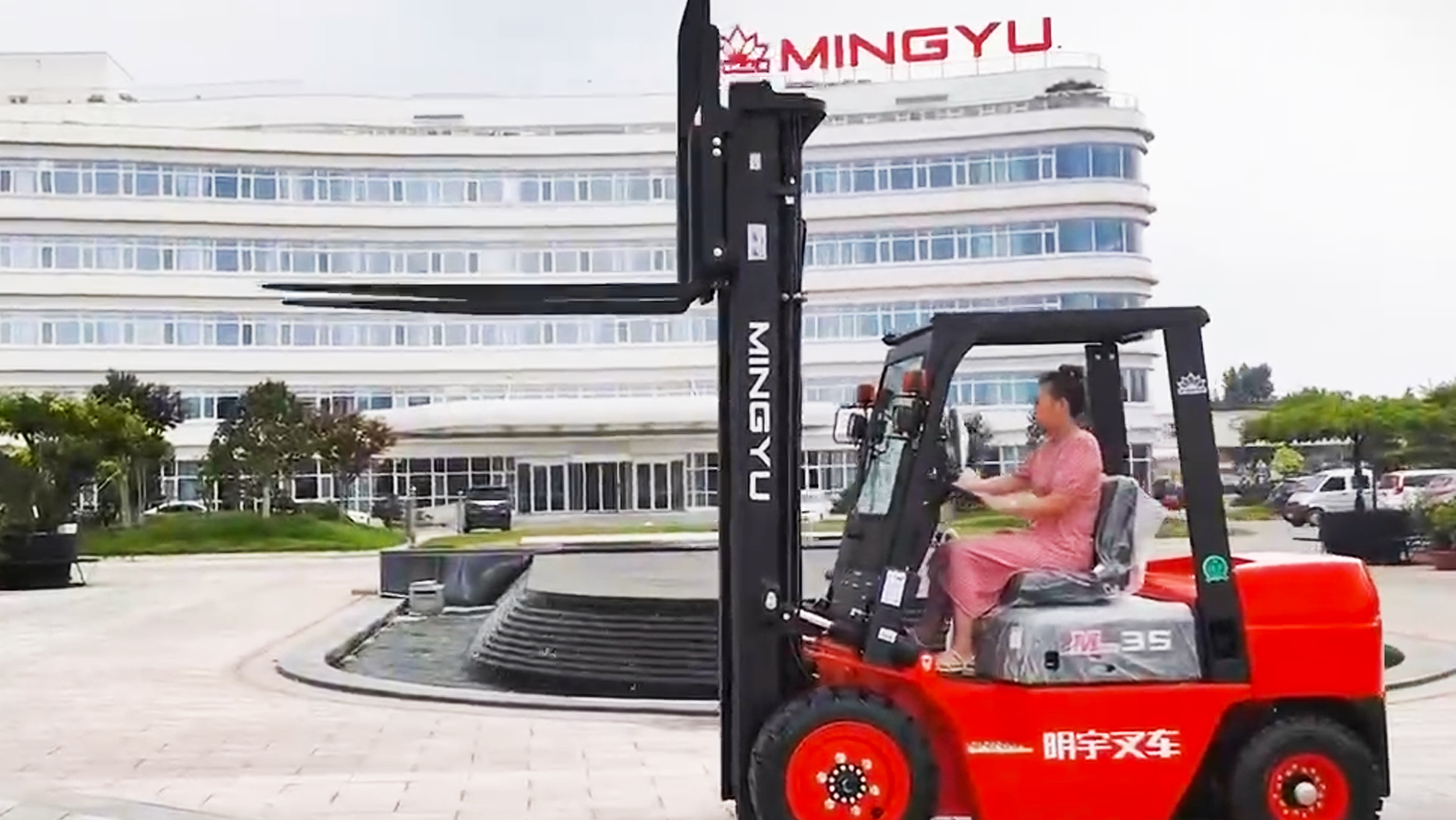I. Introduction
Diesel forklifts, renowned for their power and ruggedness, have long been a staple in heavy-duty material handling. Their ability to operate in demanding outdoor environments has made them indispensable in industries like construction, lumber, and shipping. However, while their strengths are undeniable, it's crucial to acknowledge their drawbacks. This article aims to provide a comprehensive overview of the disadvantages associated with diesel forklifts, emphasizing the importance of considering these factors for informed decision-making. We'll delve into the environmental impact, operational costs, maintenance requirements, safety concerns, and limitations related to indoor use and cold weather performance, offering a balanced perspective on their role in modern material handling.
II. Environmental Impact: Emissions and Pollution
One of the most significant disadvantages of diesel forklifts is their environmental impact. Diesel engines produce a complex mixture of exhaust gases, including nitrogen oxides (NOx), particulate matter (PM), carbon monoxide (CO), and sulfur oxides (SOx). These emissions pose serious health hazards, contributing to respiratory issues, cardiovascular problems, and even cancer. Indoor operation without proper ventilation can lead to the accumulation of harmful pollutants, creating a dangerous working environment.
Regulatory bodies worldwide are increasingly stringent on diesel emissions. The EPA in the United States and the EU emissions directives in Europe have imposed strict standards, forcing manufacturers to develop cleaner-burning engines. However, even with advancements, diesel forklifts still produce significantly more pollutants than electric or propane-powered alternatives. The growing emphasis on sustainable warehouse practices and reducing carbon footprints is further pushing industries to explore cleaner material handling solutions.
III. Operational Costs: Fuel Consumption and Maintenance
Diesel forklifts often come with higher operational costs compared to their electric counterparts. Fuel costs, subject to fluctuations in diesel prices, can significantly impact long-term expenses. Moreover, diesel engines require more frequent and extensive maintenance. Regular oil changes, filter replacements, and engine tune-ups are essential to ensure optimal performance and longevity.
The potential for more frequent repairs due to engine wear and tear can also lead to increased downtime and maintenance costs. A thorough long-term cost analysis, considering fuel consumption, maintenance, and potential repairs, is crucial for evaluating the economic viability of diesel forklifts. When compared to electric forklifts, which have fewer moving parts and require less maintenance, the total cost of ownership for diesel machines can be considerably higher. Propane forklifts offer a middle ground in operational cost.
IV. Noise and Vibration: Operator Comfort and Workplace Environment
Diesel engines generate significant noise and vibration, impacting operator comfort and the overall workplace environment. Prolonged exposure to high noise levels can lead to hearing damage, while excessive vibration can contribute to operator fatigue and musculoskeletal issues. Noise and vibration regulations and guidelines are in place to protect workers, but diesel forklifts often exceed these limits.
The noise and vibration from diesel forklifts can also hinder communication and safety in the workplace. Workers may struggle to hear instructions or warnings, increasing the risk of accidents. Addressing these issues often requires additional noise reduction measures and ergonomic considerations.
V. Indoor Use Limitations: Ventilation and Safety Concerns
Operating diesel forklifts indoors requires strict adherence to ventilation guidelines. Without adequate ventilation, the accumulation of carbon monoxide and other harmful pollutants can pose a serious health risk. Carbon monoxide poisoning can lead to severe health problems and even death.
Diesel fuel and hot engine components also present fire hazards, particularly in confined spaces. Regulations and restrictions regarding indoor diesel forklift use are often stringent, limiting their applicability in many warehouse and indoor environments. Electric forklifts are often the preferred solution for indoor material handling due to their zero-emission operation.
VI. Cold Weather Performance: Challenges and Considerations
Diesel fuel is susceptible to gelling in cold temperatures, which can clog fuel filters and lines, making it difficult to start the engine. Starting diesel engines in extreme cold can be challenging, even with anti-gel additives. Cold weather conditions can also increase wear and tear on engine components, requiring more frequent maintenance.
Cold weather maintenance and precautions, such as using appropriate fuel additives and engine preheating, are essential for ensuring reliable operation. In contrast, electric forklifts generally perform better in cold environments, as their batteries are less affected by temperature variations.
VII. Technological Advancements and Mitigation Efforts
Despite the disadvantages, advancements in diesel engine technology are continuously being made to reduce emissions and improve fuel efficiency. Cleaner-burning engines, particulate filters, and other technologies are helping to mitigate some of the environmental concerns. The development of alternative fuels and hybrid technologies also holds promise for reducing the environmental impact of diesel forklifts.
VIII. Conclusion
Diesel forklifts, while powerful and rugged, come with several disadvantages that must be considered. Their environmental impact, operational costs, maintenance requirements, noise and vibration levels, indoor use limitations, and cold weather performance are significant factors. A balanced assessment of these drawbacks, in light of evolving environmental and safety standards, is crucial for making informed decisions about material handling equipment. While they remain valuable in specific heavy-duty, outdoor applications, the push for cleaner and more efficient solutions is driving the industry towards alternative technologies.
Post time:Apr.02.2025



